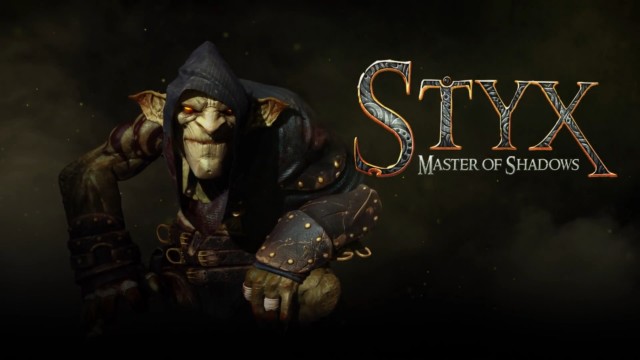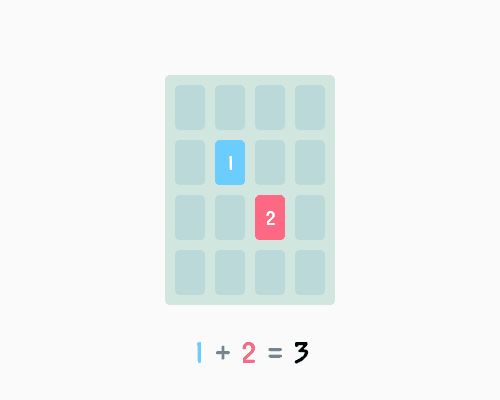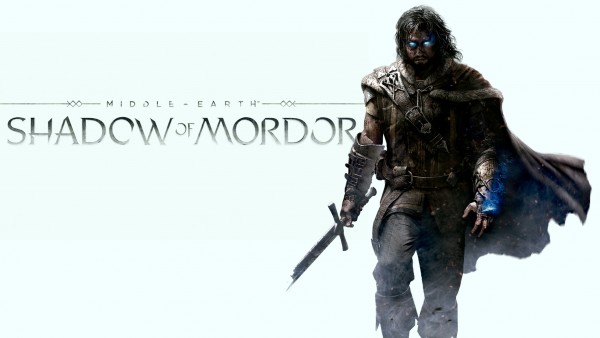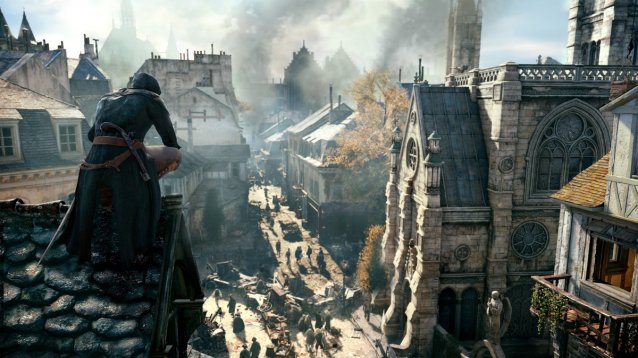

With the growth of digital distribution platforms such as Steam, independent game developers have found an increasing flexibility for exactly where their projects can be accessed. Not only that, but the seemingly unending digital marketplace has allowed for the number and variety of game genres available to expand. As such, a number of new game styles have found popularity, as well as several forgotten genres. Alongside the resurgence of horror games, another genre dredged from the deep is the Roguelike.
With the marketplace now heavily oversaturated, however, even Roguelikes are now a dime-a-dozen, with players interested in picking up a game of that nature spoiled for choice. Now, developers need to find a way for their game to stand out from its peers, be it in the form of an intriguing new setting or, in the case of Crypt of the Necrodancer, combining Roguelike gameplay with fast-based rhythm mechanics. For Hieroglyphika, however, the gimmick is a simple one: the game is entirely without text.
Because of this, Hieroglyphika, created by M. Hanka, immediately makes the player stop and think. Even on the menu screen, such simple options as game mode and graphical and sound choices have no text to guide the player. It’s a neat mechanic, and one that the developer keeps to rather sternly.
That’s not to say that the player is left entirely on their own, however. The user is guided through prompts and hieroglyphs that can explain away exactly how the game works. In the case of the menu screen, volume is easily identifiable through a symbol, whilst game modes can be chosen by picking from a pair of aggravated-looking skulls.
The gameplay itself, however, is where this mechanic either lives or dies. Thankfully, the developer has clearly put a lot of time and effort into making this work effectively, in an attempt to become one of the top permadeath games on the market. The lack of text is more than just a simple aesthetic choice, forcing the player to think about what items they choose and how they approach enemies, and is also not opaque enough to put off players from trying to decipher the method of the gameplay.
Instead, players must use what clues they have to try and better their performance in the game. At the start, the player is offered up a very basic character – a Prussian explorer delving deep into an Egyptian tomb. The explorer in question is not as malleable as Uncharted’s Nathan Drake, however, and only has a simple eight-directional movement pattern, a close-combat weapon, and no additional power-ups or boosts.
However, as the player progresses through the different levels of the tomb, a number of additional items can be found, ranging from new weapons, to armor, and even magical powers. In order to use these items effectively, the player must pay close attention to the instructive symbols that accompany each new object. Going blindly into fights without first ‘reading’ the instructions is unlikely to work out well for the explorer.
Some weapons will increase the range that the player can attack, while different sets of armor can improve the player’s movement speed. But, players should be warned that not every item leads to an all-round improvement. Some armor sets will allow the user to move faster in one direction that the other, whilst shields can sometimes cause the player to be healed by previously dangerous attacks. As such, the player’s strategy will need to adjust accordingly.
Magic, on the other hand, offers a lot more in terms of options. Throughout the journey through the ruins, the player will discover a number of elemental-based attacks, ranging from fiery blasts, poison attacks, and even vampiric bites. Once again, these attacks come with IKEA-esque instructions to follow, explaining the damage done, ranking, range, and cooldown time.
At first, it all seems a little complex – particularly when the lack of text is taken into account. However, Hieroglyphika’s main device is helped by M. Hanka knowing the limits of how far the mechanic can go. The only real example of any semblance of text is the use of numerics, indicating player and enemy health, as well as the aforementioned rankings and damage of weapons and magic. All in all, the gameplay of Hieroglyphika is fairly lucid.
It’s not just the mechanics that are clear, either. The overall graphical style of the title is also easy to understand, and even follows the recent trend of interesting indie game graphical design. The character models are all pleasing to the eye, with a minimalist design and an overall ancient Egyptian aesthetic. It’s certainly helped by the game’s color palette, which maintains a gloomy warmth of reds and oranges to maintain the feeling of descending into the dark of an Egyptian crypt.
The player is immediately put on edge, not only by the graphical choices but also by the game’s soundtrack. Although limited in songs, the Egyptian-themed 8-bit tunes really strike a chord with the gameplay, successfully joining up the retro play with the setting and design. However, there’s one reason above all others that Hieroglyphika is hardly a relaxing gaming experience: it takes its difficulty right out of the book of traditional Roguelikes.
Hieroglyphika is one of the tougher modern Roguelikes to surface. Whilst titles such as FTL: Faster Than Light and Rogue Legacy allowed a certain level of leniency, this particular game almost immediately puts the player in their place. From the very first level of the dungeon, the adventurer is put into a hard-to-survive situation.
The tomb is full of a number of vicious enemies, from Anubis-headed standard soldiers to winged beasts with dangerous ranged attacks. Not only that, but the floors of the dungeon are covered in deadly traps, including poison gas, shards of ice, and ranged darts. Some of these traps are timed, whilst others can be set off by pressure plates on the floor, and both the player and the monsters roaming the corridors are susceptible to falling foul of environmental damage.
It makes sense, then, for the player to take their time to suss out what the best path to the next floor is, cautiously making their way through each level. However, the explorer is also being relentlessly hunted by minotaur-esque guards who can easily overpower the player. As such, Hieroglyphika becomes a wildly oppressive game, with the player rushing to keep ahead of those foes without tripping any traps along the way.
Overall, this difficulty works to the game’s advantage. It very rarely feels like Hieroglyphika is treating the player unfairly, with a sense that each death is partly the player’s fault. Although the bad luck of a blocked attack no doubt causes frustration, at the back of their mind the player is bound to accept that they could have acted differently to keep their run of the PC title going.
However, the lack of variety in-game means that the user may well grow tired of having to replay the game from scratch. Although levels do have a randomly-generated nature, it never quite feels like things are different enough to make each playthrough feel like its own separate entity. Enemy variety, too, begins to fade, whilst the simplistic turn-based gameplay can feel a little repetitive if the player is sticking with the game for long stretches of time.
In general, however, Hieroglyphika is a fun – if challenging – addition to a Roguelike fan’s roster. It may not have all the bells and whistles of some of the more well-known titles on the market, and the gameplay may feel a little too old-school for some, but overall the game is a sharp, relentless strategy game with plenty of punch. Even without any text, Hieroglyphika proves to be a highly engaging experience.
Hieroglyphika is out now for PC. Game Rant was provided with a PC download code for the purposes of this review.




 Fun With Numbers: 6 Best Single-Player Games For Mental Math
Fun With Numbers: 6 Best Single-Player Games For Mental Math Mortal Kombat 9: Krypt unlock locations guide
Mortal Kombat 9: Krypt unlock locations guide Pikmin 3 Walkthrough
Pikmin 3 Walkthrough How to farm Middle-earth: Shadow of Mordor Mirian or Runes
How to farm Middle-earth: Shadow of Mordor Mirian or Runes Pillars of Eternity E3 2014 Preview: A Fine Line
Pillars of Eternity E3 2014 Preview: A Fine Line